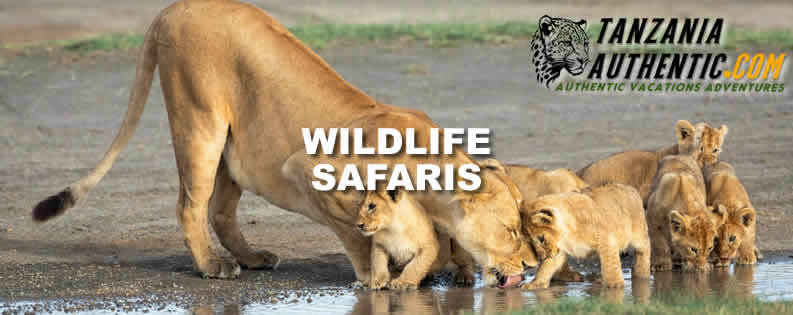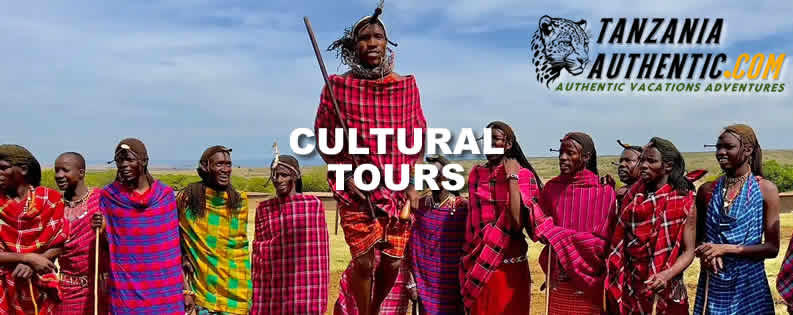Identifying Different Types of Monkeys in Tanzania: A Guide to Nature’s Playful Primates
Introduction
Tanzania, the jewel of East Africa, is renowned for its stunning landscapes, vibrant cultures, and, of course, its incredible wildlife. Among the fascinating fauna that roam its lush forests and expansive savannas are monkeys—playful, intelligent primates that captivate the hearts of all who encounter them. Identifying the different types of monkeys in Tanzania is not only an exciting adventure for wildlife enthusiasts but also an important aspect of understanding the biodiversity of the region. In this blog post, we’ll explore various species of monkeys found in Tanzania, offering you insights into their behaviors, habitats, and unique characteristics. So, whether you’re a seasoned traveler or planning your first trip to this enchanting land, let’s embark on a journey to discover Tanzania’s playful primates!
The Primate Playground: Overview of Monkeys in Tanzania
Tanzania is home to several species of monkeys, each with its unique traits and habitats. From the lush forests of the Mahale Mountains to the open savannahs of the Serengeti, these primates thrive in diverse environments. Here are some of the most common types you might encounter during your travels:
1. The Yellow Baboon
Scientific Name: Papio cynocephalus
Habitat: Savannas, grasslands, and sometimes near human settlements.
Known for their striking yellow-tinted fur and expressive faces, Yellow Baboons are social creatures that live in large troops. Their playful antics and social hierarchies make them a captivating sight, especially in places like Tarangire National Park. Observing a troop of Yellow Baboons interacting with one another is a delightful experience that showcases the complexity of their social structure.
2. The Vervet Monkey
Scientific Name: Chlorocebus pygerythrus
Habitat: Wooded savannas and areas near water sources.
With their distinctive black faces and blue testicles, Vervet Monkeys are easily recognizable. They are known for their adaptability, often seen foraging for food in the vicinity of human settlements. Their curious nature makes them a favorite among tourists, especially in places like the Ngorongoro Crater, where they can often be spotted stealing a snack from unsuspecting visitors!
3. The Olive Baboon
Scientific Name: Papio anubis
Habitat: Savanna woodlands and scrub regions.
Olive Baboons are another species that thrive in Tanzania’s diverse ecosystems. Their olive-green fur and strong build make them a formidable presence. These baboons are highly intelligent and can often be seen using tools, showcasing their remarkable problem-solving skills. Observing their behavior adds a rich layer to the experience of exploring Tanzania’s wilderness.
4. The Colobus Monkey
Scientific Name: Colobus guereza
Habitat: Tropical rainforests and montane forests.
If you venture into the lush forests of the Mahale Mountains or the Gombe Stream National Park, you may be fortunate enough to spot the magnificent Colobus Monkey. With their flowing white tails and striking black-and-white fur, these monkeys are a sight to behold. They are acrobatic climbers, expertly navigating treetops with grace. Their unique vocalizations echo through the forest, adding an enchanting soundtrack to your adventure.
5. The Sykes Monkey
Scientific Name: Cercopithecus albogularis
Habitat: Forested areas and often seen near rivers.
Sykes Monkeys are known for their striking blue faces and long tails. They are often seen in smaller groups, moving through the treetops in search of fruits and leaves. Their playful nature often leads them to exhibit entertaining behaviors, making them a joy to watch. Spotting a Sykes Monkey in Tanzania’s forests is a memorable experience that captures the essence of the country’s rich biodiversity.
Why Identifying Monkeys Matters
Understanding and identifying the different types of monkeys in Tanzania is crucial for several reasons. Firstly, it enriches your safari experience, helping you appreciate the intricate web of life in these ecosystems. Secondly, it raises awareness about conservation efforts. Many monkey species face threats from habitat loss and poaching. By learning about these fascinating creatures, you can become an advocate for their protection and the preservation of their natural habitats.
Book Your Adventure with Authentic Vacations Adventures!
As you prepare for your journey into the wild heart of Tanzania, consider booking your tours and safaris with Authentic Vacations Adventures. With expert guides, personalized itineraries, and a commitment to responsible tourism, they ensure you have an unforgettable experience exploring the magnificent wildlife of Tanzania, including its charming monkeys.
Conclusion
Tanzania is a paradise for wildlife lovers, and its diverse monkey species are just one of the many reasons to explore this breathtaking country. By identifying and observing these playful primates, you not only enhance your safari experience but also foster a deeper appreciation for the importance of wildlife conservation. So, pack your bags, grab your camera, and get ready to embark on a thrilling adventure—you never know what delightful encounters await you in the land of the Serengeti!
Call to Action
Ready to encounter the mesmerizing monkeys of Tanzania? Don’t wait! Contact Authentic Vacations Adventures today to plan your unforgettable safari experience. Let the adventure begin!









